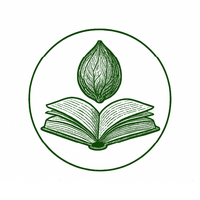Main Page
More actions
Landrace.wiki
Community powered Landrace Cannabis Wiki
Preserving traditional knowledge • Documenting genetic diversity • Supporting conservation
Landrace.wiki is the open database for landrace cannabis populations, their genetics and the knowledge around them. Browse documented accessions, track conservation efforts and contribute to preserving genetic diversity before it’s lost.
- Stable0
- Vulnerable2
- Endangered1
- Critical1
- Extinct0
Getting Started
What's Going On...
- In the News – Cannabis policy and landrace preservation news
- Community Updates – Internal updates and discussions
- Research & Studies – Latest scientific findings
- Conservation Alerts – Threats and preservation efforts
Documentation & Research
- Botany – Plant structure and identification
- Genetics – Genetic diversity and breeding
- Geography – Origins and distribution
- History – Cultural and historical context
- Traditional Methods – Time-tested techniques
- Conservation – Preservation efforts and threats
Browse Accessions
Preservation Partners
- Zomia Collective – Founding team and primary field documentation
- Real Seed Company – Original specialists in authentic landrace seeds (est. 2007)
- All Partner Organizations – Complete directory
Ways to Contribute
- Document Accessions – Add new varieties to the database
- Field Reports – Share expedition documentation
- Grow Reports – Document cultivation experiences
- Smoke Reports – Report effects and characteristics
Landrace Cannabis Distribution Map
Featured Growing Regions
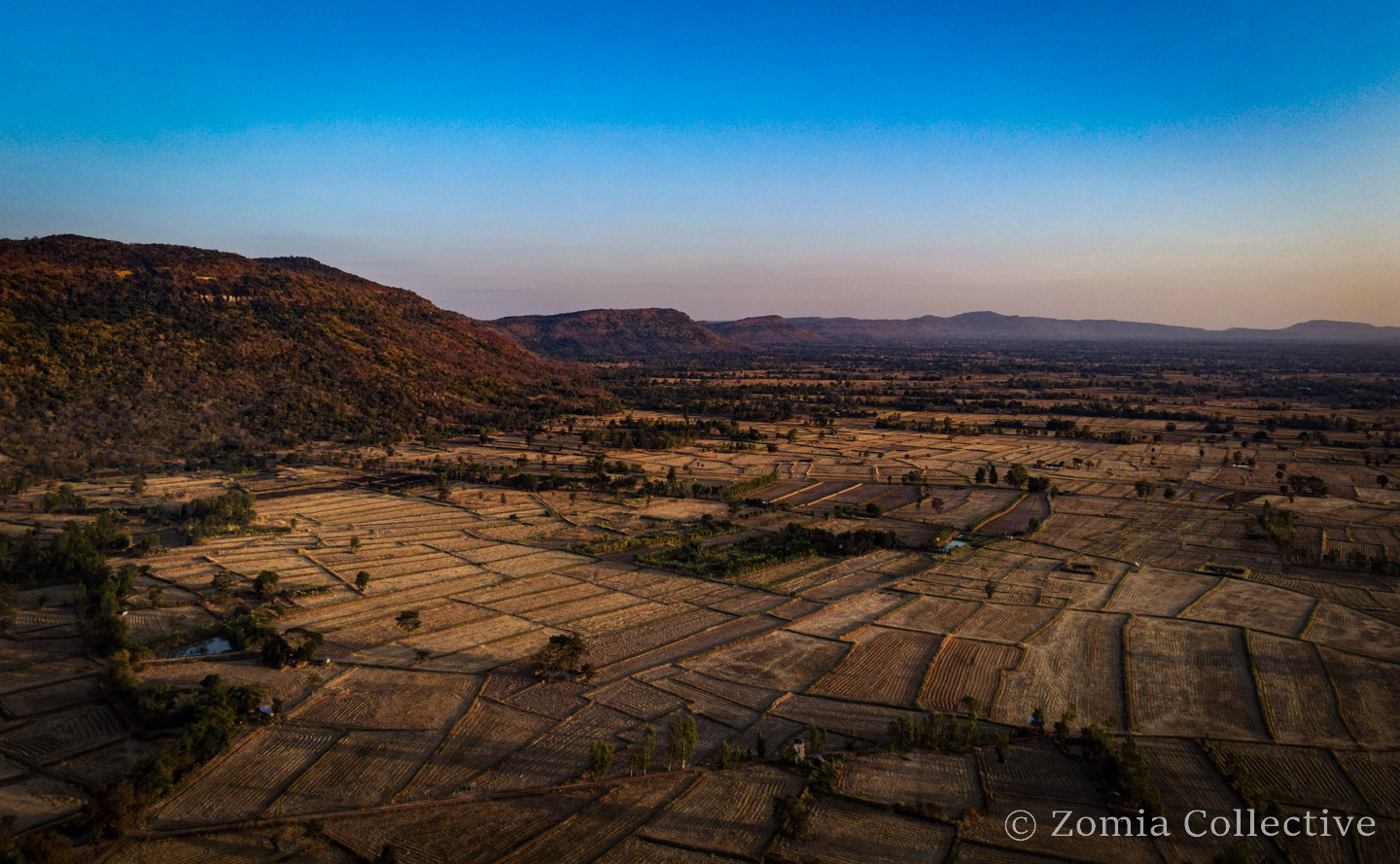
Northeastern Thailand
Southeast Asia - Khorat Plateau
The Khorat Plateau NLD landrace corridor retains core Thai-stick genetics, but diversity is eroding rapidly; conservation and documentation are urgently needed.
Endangered {{#if:| {{{GrowingArea}}} | } 100+ accessions
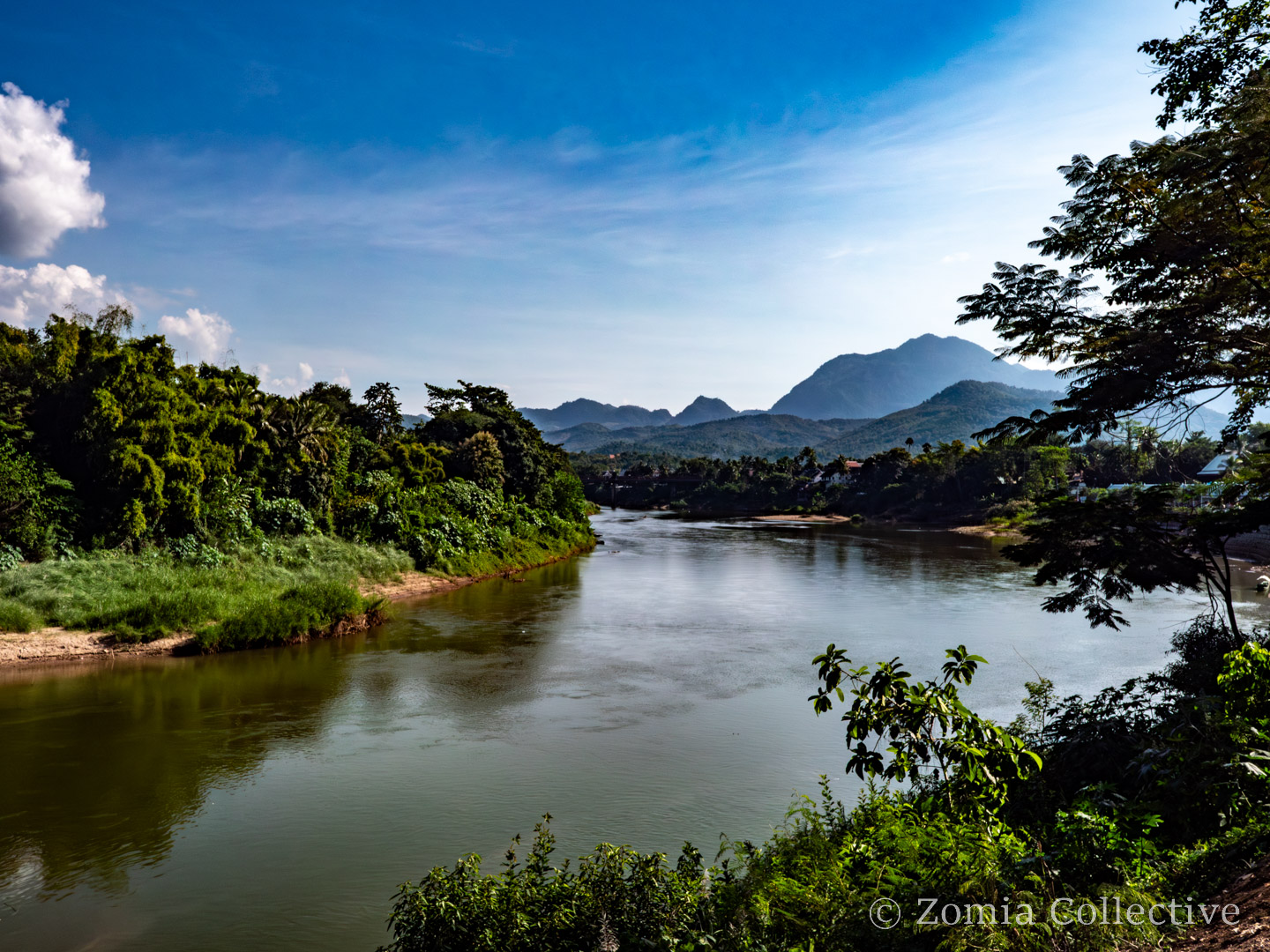
Northern Laos
Southeast Asia - Lao Highlands
Rugged northern Lao highlands with NLD-type landraces still in cultivation, but under intense pressure; documentation and conservation are urgent.
Critical {{#if:| {{{GrowingArea}}} | } 9 accessions
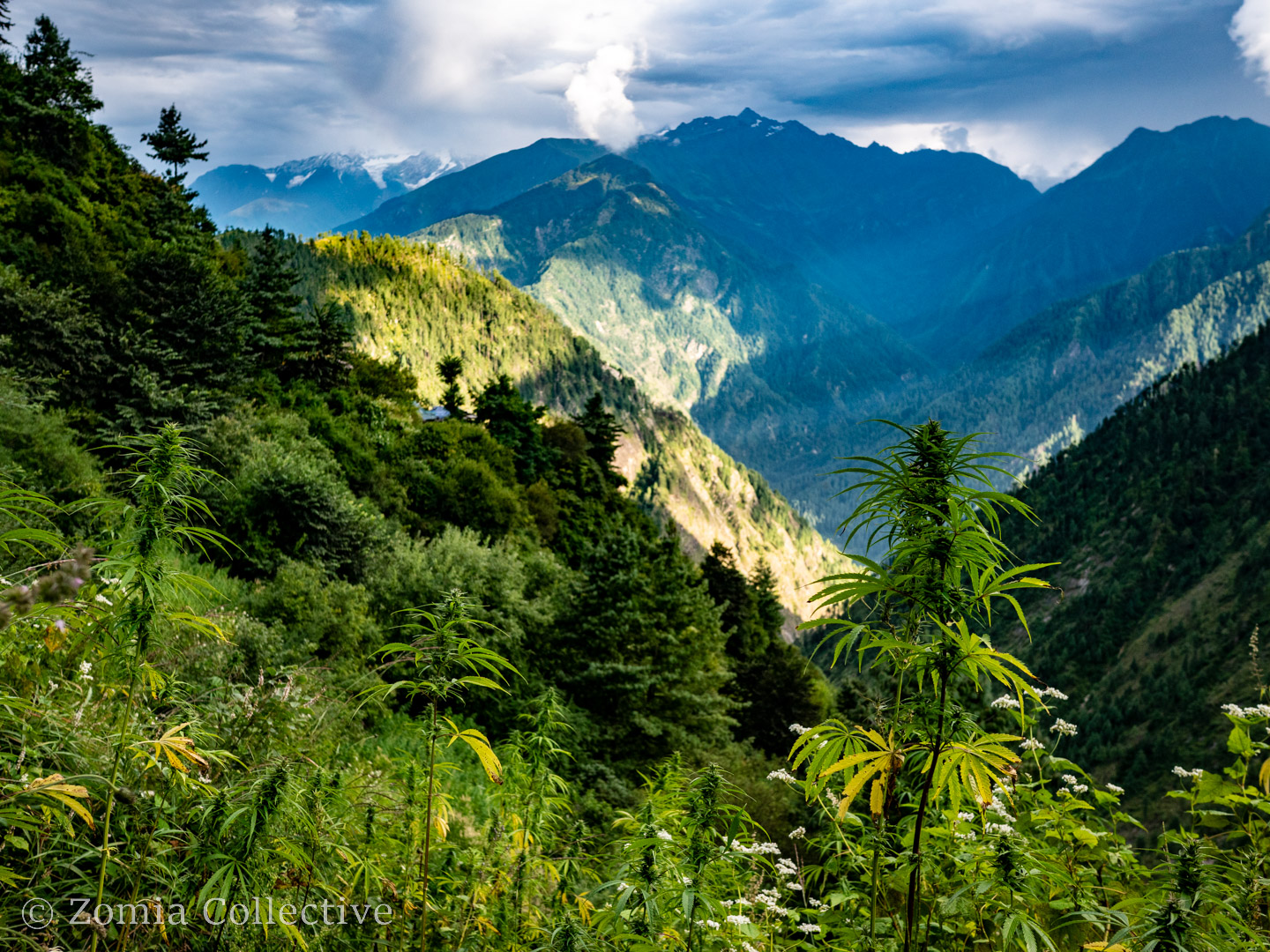
Western Himalayas
South Asia - Western Himalayas
Charas heartland where high-elevation, village-managed NLD landraces persist despite tourism and law-enforcement pressure—resilient yet not invulnerable.
Vulnerable {{#if:| {{{GrowingArea}}} | } 100+ accessions
Featured Accessions
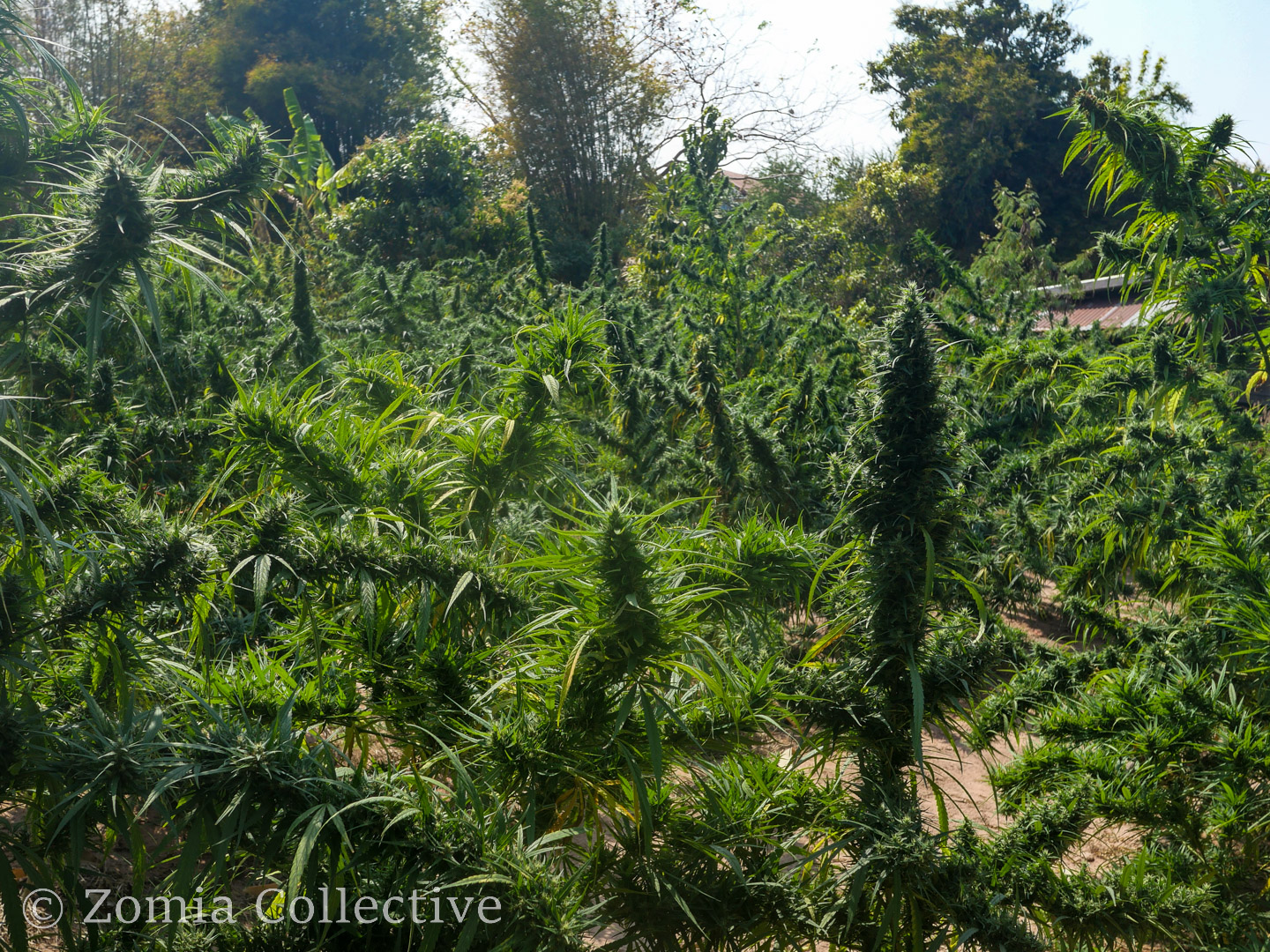
🔴 Critical Phu Phan Hills Population
Phu Phan Squirrel Tail
Southeast Asia - Mekong Basin - Khorat Plateau · Sakon Nakhon, Thailand
ID: ZOM-2023-TH-001 Collected by Éloïse, Zomia Collective} 2023-11-15 Tier 2 Seed bank
Legendary NLD associated with “Thai Sticks”; selection under hybrid pressure.
Profile coming soon
No image
🟠 Endangered Khao Luang Population
Meun Sri (Khao Luang)
Southeast Asia - Peninsular Thailand - Khao Luang · Nakhon Si Thammarat, Thailand
ID: ZOM-2020-TH-001 Collected by Éloïse, Zomia Collective} 2025-04-15 Tier 2 Seed bank
Southern Thai landrace from the Khao Luang massif; historically selected for resin and aroma; now under heavy hybrid pressure along the lowland trade routes.
Profile coming soon
No image
⚪ Unknown Sipchu Population
Sipchu Domesticate (Kalimpong Range)
South Asia - Eastern Himalaya - Kalimpong Range · West Bengal, India
ID: ZOM-2025-IN-054 Collected by Éloïse, Zomia Collective} 2025-06-20 Tier 2 Seed bank
Himalayan foothill accession from tea-garden margins; mixed feral/domesticate mosaic with monsoon hardiness.
Profile coming soon
We are witnessing the rapid disappearance of traditional cultivation knowledge and genetic diversity in cannabis. These landrace populations represent thousands of years of natural and human selection, containing unique genetic traits and chemical profiles. Systematic documentation and conservation efforts can serve as a bridge—preserving irreplaceable genetic heritage while supporting traditional communities and advancing our understanding of this remarkable plant.
Recent updates
List of abbreviations:
- N
- This edit created a new page (also see list of new pages)
- m
- This is a minor edit
- b
- This edit was performed by a bot
- (±123)
- The page size changed by this number of bytes
23 November 2025
|
|
08:24 | Template:NewsItem 10 changes history +137 [Eloise Zomia (10×)] | |||
|
|
08:24 (cur | prev) −4 Eloise Zomia talk contribs | ||||
|
|
06:15 (cur | prev) +234 Eloise Zomia talk contribs | ||||
|
|
04:21 (cur | prev) −24 Eloise Zomia talk contribs | ||||
|
|
04:21 (cur | prev) +28 Eloise Zomia talk contribs (Undo revision 1734 by Eloise Zomia (talk)) Tag: Undo | ||||
|
|
04:20 (cur | prev) −28 Eloise Zomia talk contribs Tag: Reverted | ||||
|
|
04:19 (cur | prev) +30 Eloise Zomia talk contribs (Undo revision 1732 by Eloise Zomia (talk)) Tag: Undo | ||||
|
|
04:19 (cur | prev) −30 Eloise Zomia talk contribs Tag: Reverted | ||||
|
|
04:18 (cur | prev) −4 Eloise Zomia talk contribs | ||||
|
|
04:18 (cur | prev) −49 Eloise Zomia talk contribs | ||||
|
|
04:14 (cur | prev) −16 Eloise Zomia talk contribs | ||||
